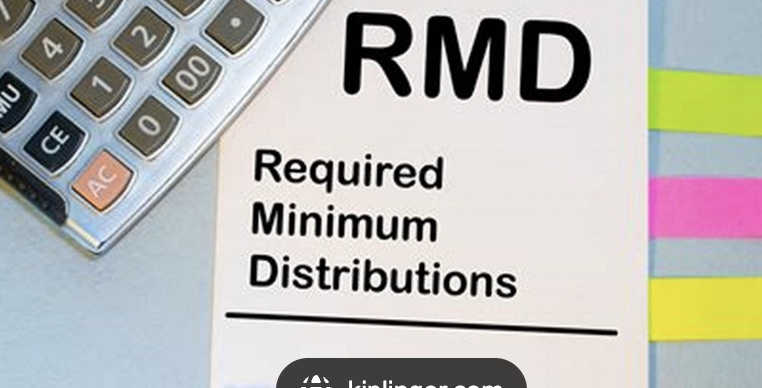Required Minimum Distributions (RMDs)

What You Need to Know About Lifetime Required Minimum Distributions (RMDs)
Retirement accounts offer tax advantages to help you grow your savings—but those tax benefits don’t last forever. Sooner or later, Uncle Sam wants his share. That’s where Required Minimum Distributions (RMDs) come in.
If you’re approaching your 70s or already there, understanding how RMDs work is critical to avoiding hefty tax penalties and making the most of your retirement income strategy.
🧠 What Are RMDs?
RMDs are mandatory withdrawals you must take from most tax-deferred retirement accounts, such as:
• Traditional IRAs
• SEP and SIMPLE IRAs
• 401(k), 403(b), and other employer-sponsored plans
You can’t keep deferring taxes forever. Once you reach a certain age, the IRS requires you to begin taking out a minimum amount each year—whether you need the money or not.
📆 When Do RMDs Start?
As of 2025, the required beginning date (RBD) is April 1 of the year after you turn 73.
So if you turn 73 in 2025, you have until April 1, 2026 to take your first RMD. But here’s the catch: you’ll also need to take your second RMD by December 31 of 2026, which could increase your taxable income that year.
That’s why many experts recommend taking your first RMD before the end of the year you turn 73.
👥 Special Rule for Employees
If you’re still working and own 5% or less of the company, you may be able to delay your RMD until after you actually retire. Unfortunately, this doesn’t apply to IRA owners—it’s only for qualified employer plans.
💰 How Much Do I Have to Withdraw?
The IRS uses a life expectancy factor from their Uniform Lifetime Table to calculate your annual RMD.
Example:
If your IRA balance was $1,000,000 at the end of the prior year and your age factor is 22.9 (at age 75), your RMD would be:
$1,000,000 ÷ 22.9 = $43,668.12
If your spouse is more than 10 years younger than you and the sole beneficiary, you get to use a Joint Life Table instead—which typically results in a lower required withdrawal.
💸 What Happens If I Don’t Take My RMD?
The IRS is serious about this. If you miss your RMD—or don’t withdraw enough—you could face a 25% penalty on the amount you should have taken.
That penalty drops to 10% if you catch and correct the error quickly. Still, it’s an expensive mistake you want to avoid.
🧾 Are RMDs Taxed?
Yes—RMDs are generally taxable as ordinary income. The amount is added to your taxable income for the year and taxed at your current rate.
The only portion of an RMD that might be tax-free is if you have after-tax contributions in the account (such as nondeductible IRA contributions or Roth contributions in a 401(k) plan).
👪 What Happens After You Pass Away?
Post-death RMD rules are different—and more complex.
If your beneficiary is an Eligible Designated Beneficiary (EDB), such as:
• A surviving spouse
• A disabled or chronically ill individual
• A minor child
• Someone less than 10 years younger than you
They may stretch withdrawals over their lifetime, reducing their annual tax hit.
Everyone else?
They must empty the account within 10 years. If you passed away after your RMDs began, they may need to take annual withdrawals within that 10-year window, too.
🏁 Final Thoughts: Strategy Matters
RMDs can have a big impact on your tax bill and retirement cash flow. A smart withdrawal strategy can:
• Help you avoid penalties
• Reduce unnecessary tax burdens
• Preserve more of your wealth for your spouse or heirs
Working with a retirement planner or tax advisor can help you time your withdrawals strategically and minimize the tax impact over your lifetime.
💬 Ready to Talk RMDs?
If you're turning 73 soon, already taking RMDs, or just want to plan ahead—reach out today. Let's build a tax-smart retirement income strategy that works for you.
Unlock a worry-free future
Book a free discovery call today
Whether you're ready to plan your retirement, or just exploring options we're here to help!

